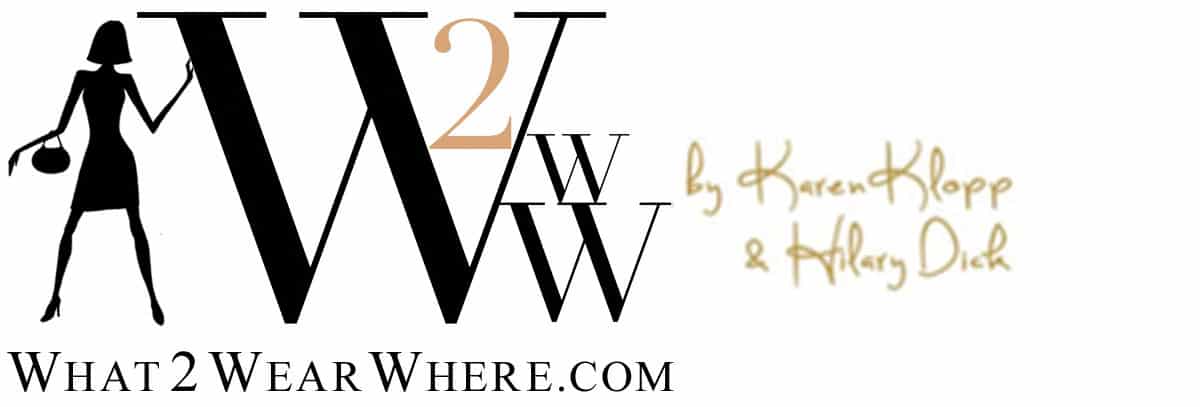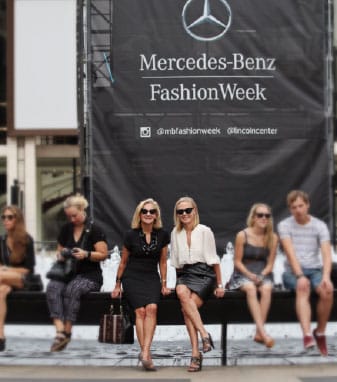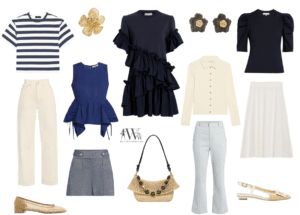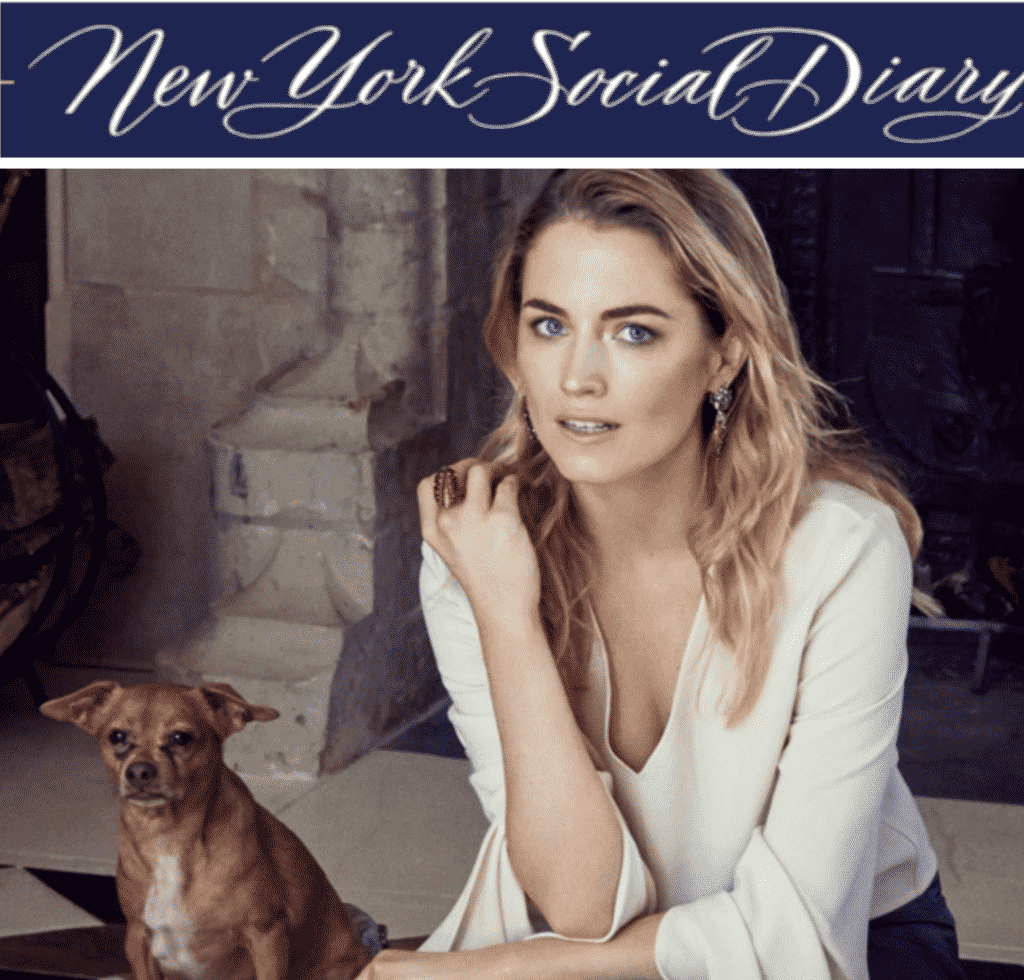
APRIL 22, 2021
GUEST DIARY• BY: KAREN KLOPP AND HILARY DICK
One of the biggest trends in recent years is Sustainable Fashion, noted for a holistic approach to design and creation of apparel and accessories. Also known as Ethical Fashion for it examines the source of materials — how and by whom are they being manufactured — with a focus on favorable treatment of workers and their working conditions. At the same time, the process looks at the environmental impact of the entire operation from the source of the materials, water and energy used in production, packaging, transportation, delivery systems and every step in between.

10 years ago when we went shopping for Earth Day fashion, choices were limited to Stella McCartney, whom we love but could be quite pricey, or oddly shaped items from what looked like boiled cotton. Finding footwear was equally slim pickings.
Now in celebration of Earth Day we have gone back to research all of the wonderful brands that you can shop with a clear conscience (or almost clear), keeping in mind that all manufacturing, no matter how conscientious, retains some environmental footprint.
Happily, there are so many designers and new brands working in the field now, some of whom (our friends and faves, naturally) we are going to highlight herein.

Amanda Hearst and partner Hassan Pierre launched Maison de Mode in 2012 as an alternative to “fast fashion” here today, gone tomorrow approach that leaves so much waste behind. They have created a sustainable platform to empower individuals by connecting creators, curators and customers. But if you are expecting a drab collection, think again! You will sizzle with with vibrant fashion from Amur and other creative collaborators.
Brights and beauteous …

A relatively new term in the field is Circular Fashion, which encompasses all of the principles of Sustainable Fashion but also incorporates protocols for products at the end of their life-cycle being recycled or reused. Natural fabrics heading to the compost pile while blends will be recycled into new fabrics, rather than ending up in landfills.
According to Roadrunner, a company that creates recycling opportunities in communities, “The volume of clothing Americans throw away each year has doubled in the last 20 years from 7 million to 14 million tons. In 2018, 17 million tons of textile waste ended up in landfills. Textiles can take 200+ years to decompose in landfills.”

Patagonia’s founder Yvon Chouinard is a legend in the environmental movement as the brand was on the forefront of the concept of “zero waste”. Over the years the company has donated almost $100 million to the environment and its steadfast defenders. As early as 2005 the brand was committed to creating a line that would be returned, recycled and reused. It is an impressive fact that buying used garments extends its life by about two years, which cuts its combined carbon, waste and water footprint by 73%. Glad someone is doing the measurable research!

Stella McCartney first launched in 2001 with a clear mandate — no leather, feathers, fur or skin. The brand has evolved with a systematic approach to respecting the earth’s bounty and a circular, zero-waste goal. From insistence on organic cotton, to the rejection of PVC, to scientific innovation in products, including those made from recycled industrial waste, they have led the way to a real change in renewable resources. Stella was notable as the first major fashion designer to embrace the concept of sustainable fashion.
Stella McCartney led the charge!
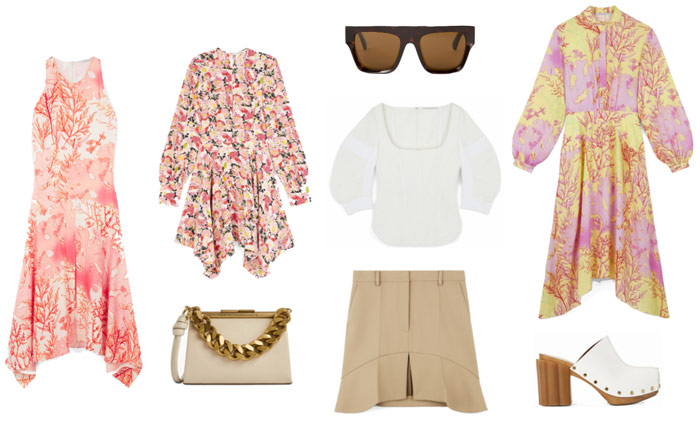
Hilary and I both love to shop at Net-a-Porter, especially in their amazing collection of Net Sustain. Hilary notes, “Sustainable fashion is gaining traction everywhere these days. I have bought a lot of vintage pieces over the years and honestly didn’t think of it being helpful to the planet; I just loved the looks! Now I clearly know better and so does the fashion community. Net-a-porter.com has its own “net sustain” section of its website and in it you will find a whole range of designers. Even Gucci has jumped in with its sustainable pieces and Anya Hindmarch’s I am a plastic bag is so clever … made completely out of plastic bottles. It is exciting to see the beautiful pieces that are being so thoughtfully produced in an effort to save the world we live in.”
Hilarys repurposed picks …
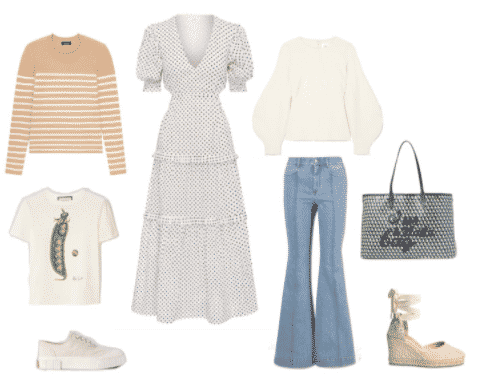
 Naadam Cashmere Striped Crewneck, $125 / Gucci Ken Scot Printed Top, $550 / Peony Biscotti Cut Out Dress, $435 / Caes Scuba Top, $260 / Stella McCartney High-Rise Flared Jeans, $475 / Good News Space For Giants Frayed Sneaker, $150 / Anya Hindmarch I Am A Plastic Bag Tote, $1050 / Castaner Carina Espadrille, $175.
Naadam Cashmere Striped Crewneck, $125 / Gucci Ken Scot Printed Top, $550 / Peony Biscotti Cut Out Dress, $435 / Caes Scuba Top, $260 / Stella McCartney High-Rise Flared Jeans, $475 / Good News Space For Giants Frayed Sneaker, $150 / Anya Hindmarch I Am A Plastic Bag Tote, $1050 / Castaner Carina Espadrille, $175.
KK embraces earth tones …

Pals Indre Rockefeller and Andy Kranz were developing a luggage line, Paravel, when Indre traveled to Antarctica with the Nature Conservancy. Her perspective was altered when she experienced the climate change effects first hand. The scientists’ predictions hit a nerve when “they said the next 10 years are the most critical for the next 10,000 years when it comes to mitigating the effects of climate change.” The company focuses on sustainability, creating the first carbon neutral suitcase in the world and a collection of cases made from 100% post-consumer recycled plastic water bottles.

Pick a Pack of Paravel …

Everlane was an early apparel brand that sourced ethically by seeking the factories around the world with the best treatment of workers. They share their stories as well as the breakdown in prices, a revolutionary retail idea, known as Radical Transparency. They just introduced a line of swimwear made entirely of recycled plastic bottles.
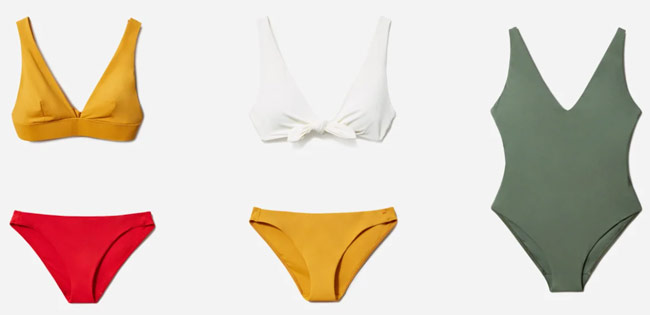
Upcycling is another term that is popular in the vernacular. Companies are reusing or repurposing existing materials and goods that for whatever reason (the covid epidemic is a good example) didn’t sell. For instance RE/DONE founders Sean Barron and Jamie Mazur began their cult LA label by repurposing vintage Levi’s.

Gabriela Hearst made fashion news when she repurposed her deadstock (inventory not sold AND with a low probability of selling) into a line devoted to sustainable fashion. She staged the first carbon neutral show for her spring/summer 2020 collection. Kate Middleton wore a Gabriela Hearst repurposed denim dress to meet Sir David Attenboro, another of our planet’s real life superheroes. Hearst has set a deadline for the elimination of all virgin materials by 2022.

The new generations are steering the fashion industry and their insistence on a global approach to goods. It has meant that every luxury brand is on board to comply. That is really good news!
It was our Millennials and Gen Xers who catapulted Rent the Runway to an incredible success story. What began as a cost effective opportunity for special occasion dressing — weddings, black tie events and the like — has morphed into a reliable, reusable wardrobe for young professionals. RTR wisely created a membership model, rotating items on a regular basis and has also expanded into luxury brands. A devotee of the brand explains, “I feel more confident now in the way I dress, and I feel great that I am making a sustainable choice each time I rent.”
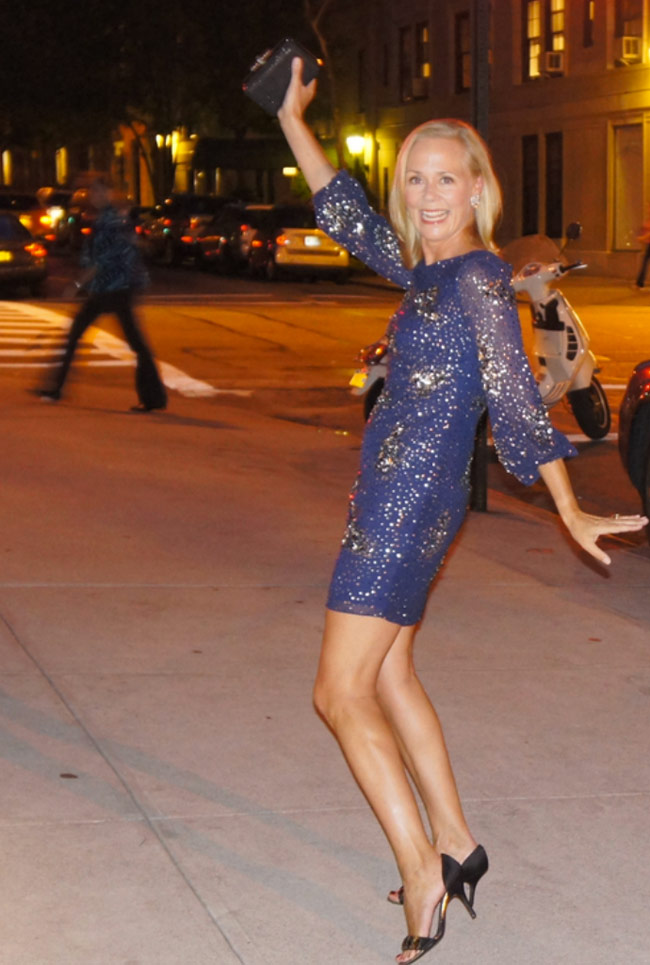
And here’s a video of Hilary’s first foray into RTR.
We can not present the subject of sustainable fashion without highlighting the ultimate repurposing of brands like The Real Real. In recent years there has been a rise in popularity of buying what used to be known as “second hand,” but is now referred to as “vintage.” Many of the Thrift Shops like the one on 3rd Avenue to benefit The Society of Memorial Sloan Kettering Cancer Center, aka The Society Boutique, have disappeared. Women have discovered the value of mining their closets for gems to sell rather than donate. rands like Chanel and Hermes hold their value and can even increase in this secondary market.
Glamourpuss Pop Up at The Society Boutique:


Choice Picks from The Real Real …
April is Earth Month around the world. It is time to rethink “fast fashion” in favor of a mindful approach to wearables. For more local choices, read Barbara Hodes’s article, Waste Not – Want Not.

In the meantime, make every day Earth Day!
Please enjoy reading our articles for New York Social Diary and other publications.
